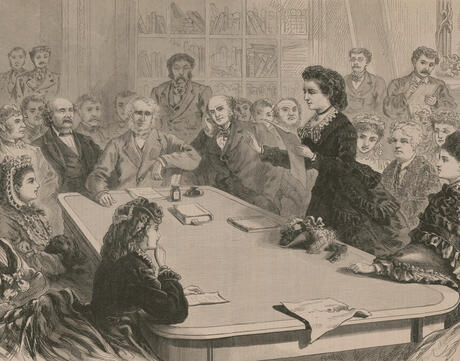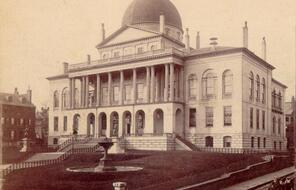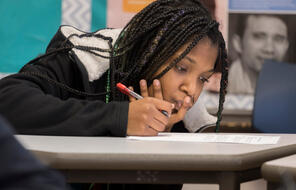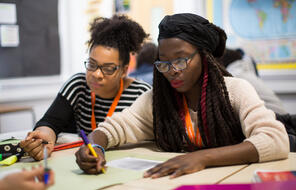
Supporting Question 3: Using Founding Ideals to Assert Rights
At a Glance
Language
English — USSubject
- History
- Social Studies
Grade
6–12Duration
Two 50-min class periods- Democracy & Civic Engagement
- Human & Civil Rights
- Racism
Overview
About This Activity
Students explore Supporting Question 3 through a series of activities that help them consider the perspectives of those denied rights during the founding era. They analyze primary sources written by a group of Black abolitionists from Massachusetts and Judith Sargent Murray, and advocate for white women’s rights. They conclude with a Formative Task that asks them to create a Found Poem using primary sources.
Procedure
Day 1 Activities
Day 2 Activities
Formative Task
Materials and Downloads
Quick Downloads
Download the Files
Download allGet Files Via Google
Supporting Question 3: Using Founding Ideals to Assert Rights
Supporting Question 2: Founding Ideals Versus Realities
Supporting Question 4: Memory of the Founding
Unlimited Access to Learning. More Added Every Month.
Facing History & Ourselves is designed for educators who want to help students explore identity, think critically, grow emotionally, act ethically, and participate in civic life. It’s hard work, so we’ve developed some go-to professional learning opportunities to help you along the way.
Exploring ELA Text Selection with Julia Torres
On-Demand

Working for Justice, Equity and Civic Agency in Our Schools: A Conversation with Clint Smith
On-Demand

Centering Student Voices to Build Community and Agency
On-Demand






